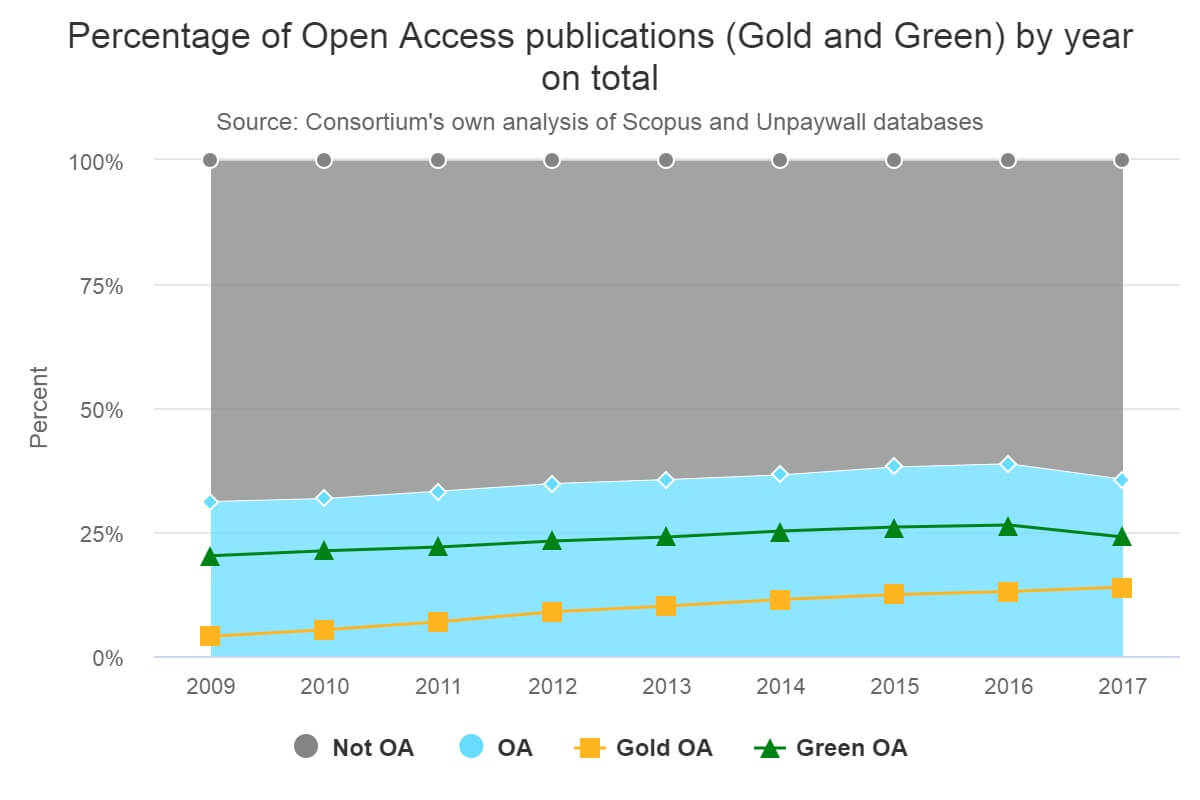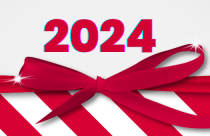Expert’s Take: Highlighting Existing Inequities in Open Science

This year’s Open Access Week is a welcome opportunity for me to share a few thoughts on the highlights of inequities in Open Science on Enago Academy.
Quo Vadis Bibliodiversity?
Over the past 20 years, all stakeholders (researchers, authors, reviewers, funders, librarians, publishers, aggregators) in the scholarly publishing community have experienced quite a few, if not many, initiatives and models on the way to open science. As part of this so-called paradigm shift, inequities often emerge from an ongoing search for new roles and responsibilities at the stakeholders‘ end—funders, researchers and librarians becoming publishers; publishers extending their services to global information analytics businesses (example here and here); and aggregators struggling to redefine their roles in the scientific dissemination process. The most recent example here is the non-consideration of agencies in the latest agreement between DEAL and Wiley.
In this continuous hotchpotch, let’s address some inequities that are becoming increasingly visible in relation to some models recently presented:
The newest kid on the block is called, “Subscribe to open” and was introduced by John Wilinsky during the Open Access Days in Hanover at the end of September this year. This approach incorporates a melange of crowdfunding as well as aggregation and freemium services for open access. Subscribe to open means that an STM or SSH-journal will be made open access (OA) only once all institutions renew their existing subscriptions. Even if a single institution does not renew their subscription, the journal continues to publish behind paywall gates. This concept is easy to understand and administer for some but not so easy to secure renewals. Nonetheless, in principle, good old subscription will continue to secure its sustainability.
Annual Reviews will adopt the “subscribe to open” model from 2020 onwards. Discussions with librarians, consortia, managers, funders, and other stakeholders have yielded enthusiastic support for this model.
Costs and revenue are often ring-fenced by publishers. This amount is needed to pursue publication of the journal. Will financial transparency be added in open science mandates like SCOAP3, which is now in its second renewal phase? One identified inequity with SCOAP3 is the fact that in Germany, for example, 20% of academic institutions do not pay whilst publishing OA in journals. These major universities have enjoyed a free ride since 2014 especially now considering the fact that subscribe to open might lead to subscribe to remain gated. Wouldn’t this be pushing all stakeholders back to 1998 when open science began as a very reasonable initiative that had to be taken seriously from the beginning?
Due to inequities in the publication output at research-intensive academic institutions, we began to see signs of profound criticism against the new transformation agreement in Germany with Wiley and DEAL, MPDL services. Despite the disclosure of contracts, the transformation of hybrid journals into fully OA within and after the agreed license period remains to be seen along with the transparency of actual costs. This aspect of inequity has been calculated in detail and reported in June 2016, by the UC Pay It Forward Project.
Are we therefore seamlessly moving from a serials crisis to a transformation crisis? We learned from Wiley at the OAT19 that the publish and read (PAR) fees of €2750 is an internal calculation for Wiley alone and not an actual price to be paid as part of the current agreement. However, will this price eventually become the official PAR-fee when the contract is up for renewal? Wouldn’t differential pricing per article or per journal meet the interests and mandates much better? However, much more transparency and mutual understanding about the costs involved in all publishing-related processes is needed. Currently, every PAR-fee seems random given the diversity of costs involved in scientific publishing. Furthermore, how was Springer Nature able to match the same PAR-fee as Wiley in their MoU with DEAL?
The intention to flip Wiley’s and Springer’s (DEAL and Springer MoU) hybrid content is certainly there. Unfortunately, the uncertainties on how to finance the publication output remains a heavy burden mostly on the shoulders of authors, researchers, and librarians. This is particularly true in cases where research and academic institutions have high publication outputs.
At the moment, it seems that the idea of “open via transformation” is to primarily benefit the organizations that were responsible for the previous serials crisis.
What does all this leave the researcher (as the author, reviewer, content producer, reader, and user) in the scientific ecosystem with? The hard reality is that researchers are at the end of the cycle instead of the forefront. Another perceived inequity which seems to persist irrespective of open science but has moved away from its original credo—publicly-funded research and its output should be publicly accessible under FAIR principles and state-of-the-art-funder mandates? Didn’t this idea originally exclude the idea of reusing the content for commercial purposes?
There are also inequities when it comes to data used in open access research. Many stakeholders do not have the facilities to collect, analyse, and reproduce equivalent data. Mostly, a lot of useful research data is often behind paywalls introduced by the big three data analysis companies: Clarivate (Web of Science), Elsevier (Scopus), Springer Nature (Dimensions). It is, therefore, a necessity to create a public infrastructure for open access data as Mikael Laakso pointed out in his keynote at the recent Open Access Days in Hanover. According to him, there are still considerable limitations for conducting comprehensive open access monitoring.
The last aspect to cover today and elaborate on in a separate blog post is inequity in quality among publications and scholarly communication services provided by STM publishers. Just to give you a single example out of many: in Engineering and Technology, out of the top 20 publishers referenced most by the top 30 patenting organisations, 14 are societies. What does this tell you about the quality in big consortia deals with commercial content providers? Although societies are publishing the most relevant and high quality content on their databases there is still room for improvement at all stakeholder levels. Even though quality monitoring via impact factor is considered questionable, the quality aspect is often not acknowledged enough.
What will this open science paradigm shift lead to? Here is how far we have come in OA publications:
Source:Trends for open access to publications
Considering all models, data, research, and information management involved, inequity does exist at all stakeholder levels.
Now quo vadis bibliodiversity?
Frauke Gisela Ralf is a publishing expert in STM publishing and Open Science. She has 20 years of experience and has worked for IOP and Thieme. Since 2018, via Standards and More, Frauke represents 10 scholarly and professional societies in DACH including IEEE, SPIE, SIAM, and ACM.










